By: John Staser, division vice chair and Assistant Professor at Ohio University
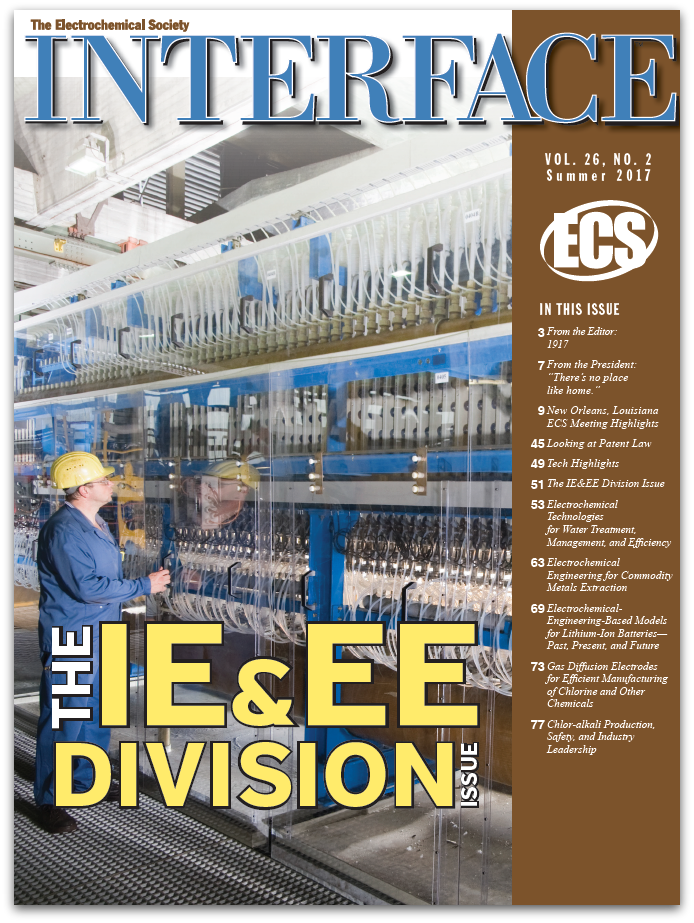 As vice chair of the Industrial Electrochemistry and Electrochemical Engineering Division, it is with great pleasure that I introduce the summer 2017 edition of Interface.
As vice chair of the Industrial Electrochemistry and Electrochemical Engineering Division, it is with great pleasure that I introduce the summer 2017 edition of Interface.
The authors of the articles you are about to read all worked tirelessly, and we owe them acknowledgement and significant gratitude for putting this issue together. Without their contributions, we would not be able to deliver the consistent quality of content that you expect in Interface.
We as a division hope to highlight the diverse activities of our members.
In the following pages you will find articles authored by industrial and academic members, with foci ranging from environmental applications to mathematical modeling to large-scale industrial production of metals. Such breadth is evidence that our division’s activities, as has been the case in the past, are ever evolving.


 Researchers from MIT have developed a new way to extract copper by separating the commercially valuable metal from sulfide minerals in one step without harmful byproducts. The goal of this new process is to simplify metal production, thereby eliminating harmful byproducts and driving down costs.
Researchers from MIT have developed a new way to extract copper by separating the commercially valuable metal from sulfide minerals in one step without harmful byproducts. The goal of this new process is to simplify metal production, thereby eliminating harmful byproducts and driving down costs.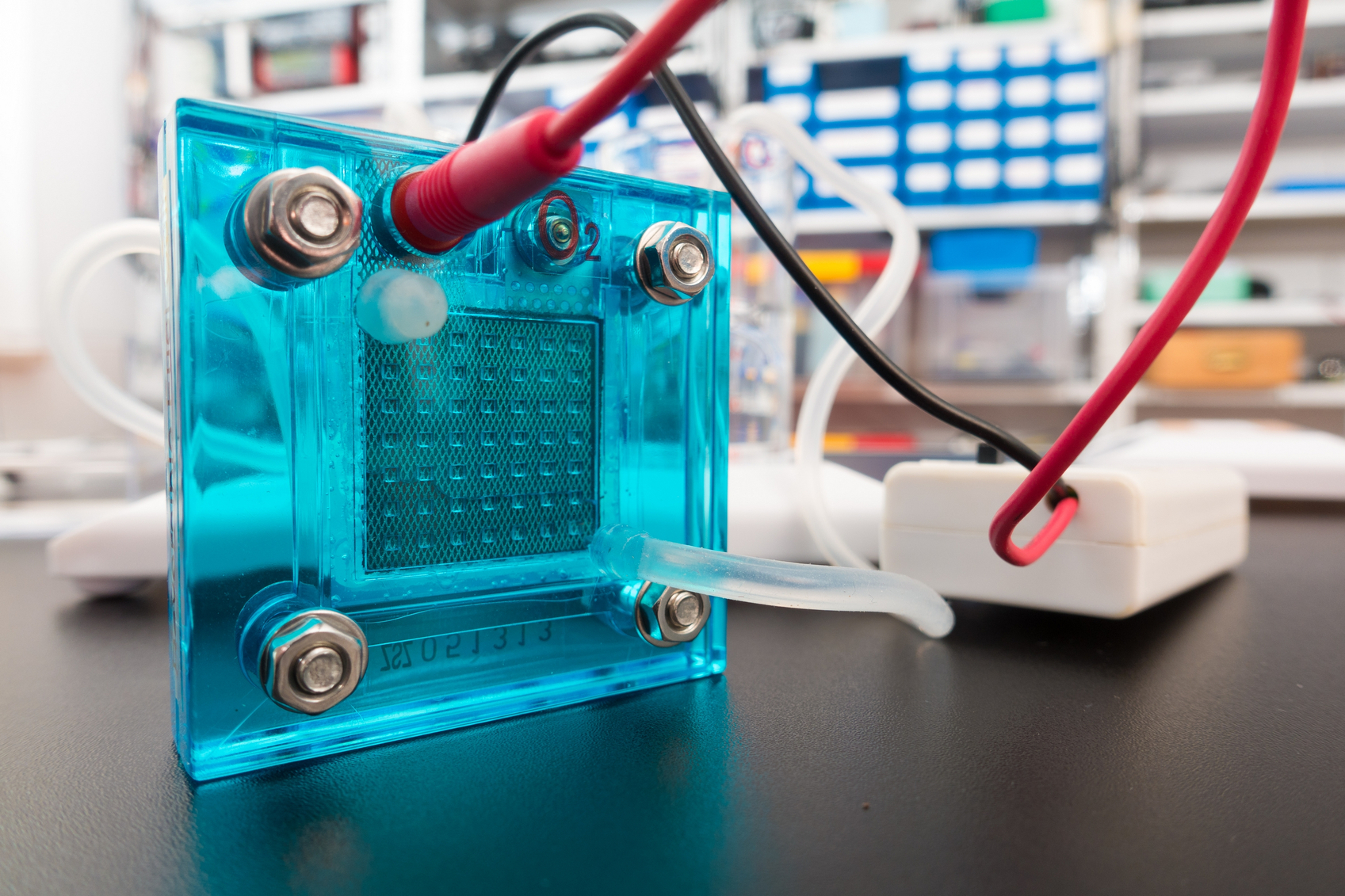 Researchers from Purdue University are making headway on solving issues in electrolyzers and fuel cell development by gaining new insight into electrocatalysts.
Researchers from Purdue University are making headway on solving issues in electrolyzers and fuel cell development by gaining new insight into electrocatalysts.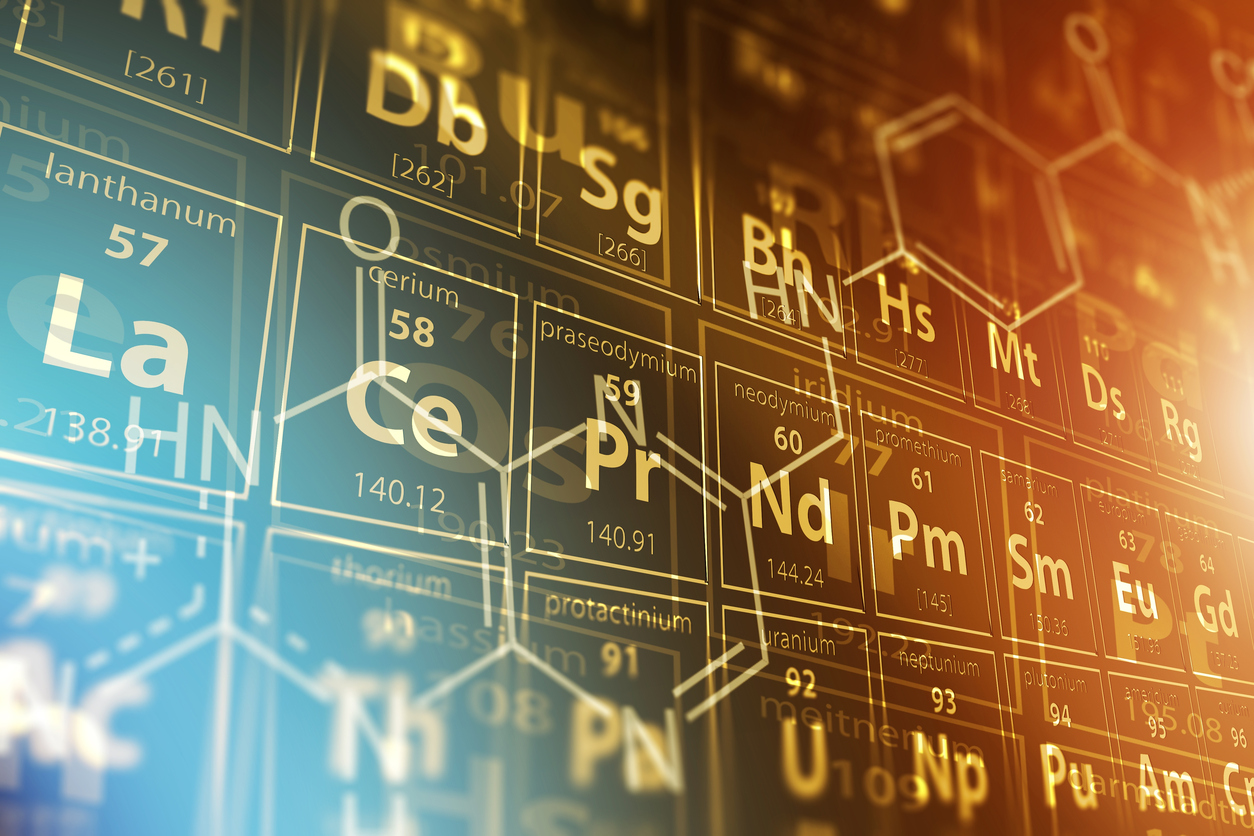 Using high pressure, scientists have created the first high-entropy metal alloy made of common metals to have a hexagonal close-packed (HCP) atomic structure.
Using high pressure, scientists have created the first high-entropy metal alloy made of common metals to have a hexagonal close-packed (HCP) atomic structure.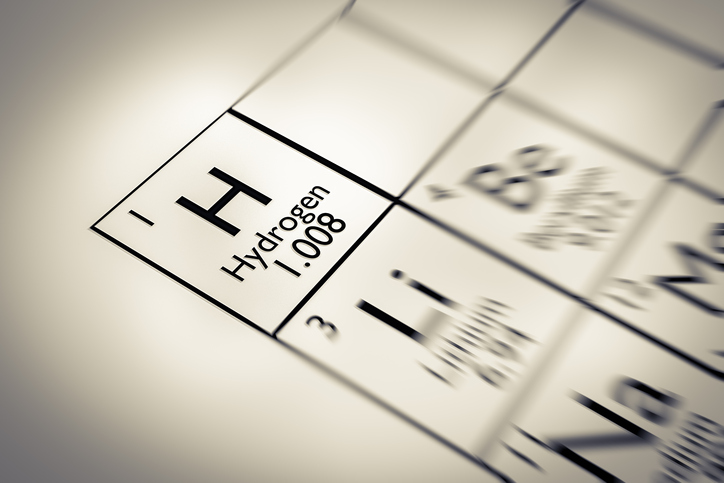 Hydrogen has many highly sought after qualities when it comes to clean energy sources. It is a simple element, high in energy, and produces nearly zero harmful emissions. However, while hydrogen is one of the most plentiful elements in the universe, it does not occur naturally as a gas. Instead, we find it combined with other elements, like oxygen in the form of water. For many researchers, water-splitting has been a way to isolate hydrogen for use in cars, houses, and other sustainable fuels.
Hydrogen has many highly sought after qualities when it comes to clean energy sources. It is a simple element, high in energy, and produces nearly zero harmful emissions. However, while hydrogen is one of the most plentiful elements in the universe, it does not occur naturally as a gas. Instead, we find it combined with other elements, like oxygen in the form of water. For many researchers, water-splitting has been a way to isolate hydrogen for use in cars, houses, and other sustainable fuels. From social to natural and applied sciences, overall scientific output has been growing worldwide – it
From social to natural and applied sciences, overall scientific output has been growing worldwide – it  Wolfram|Alpha
Wolfram|Alpha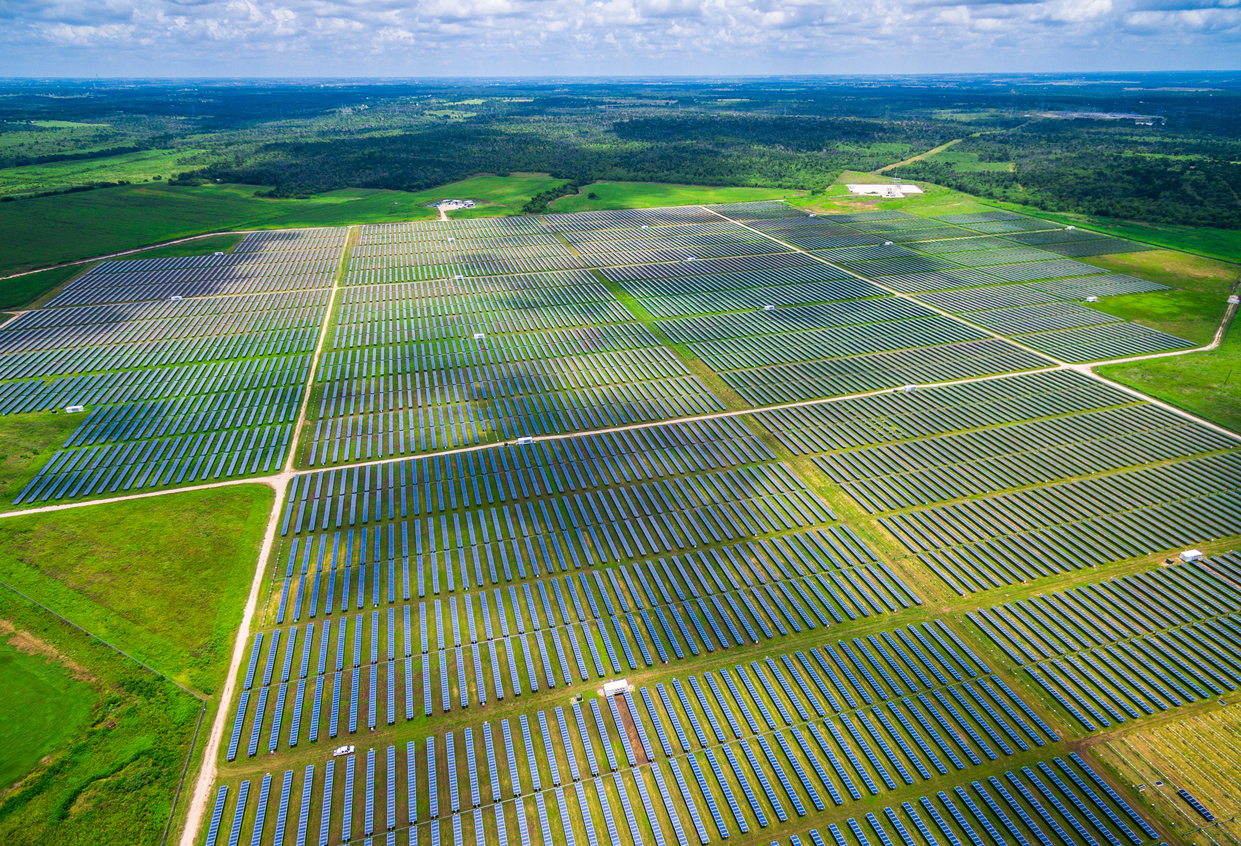 Without knowing it, most Americans rely every day on a class of chemicals called
Without knowing it, most Americans rely every day on a class of chemicals called 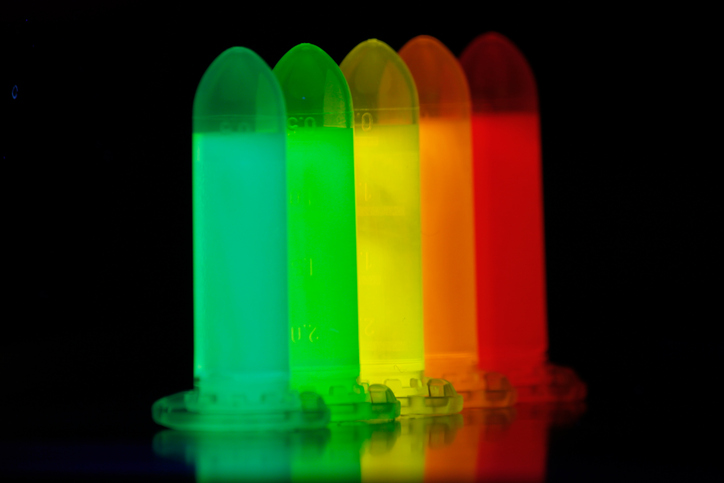 Tiny crystals called quantum dots are used in LCD TVs to enhance color and image quality. A few years ago, scientists discovered a new type of crystal called nanoplatelets.
Tiny crystals called quantum dots are used in LCD TVs to enhance color and image quality. A few years ago, scientists discovered a new type of crystal called nanoplatelets.